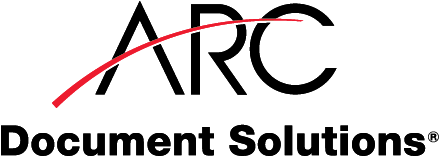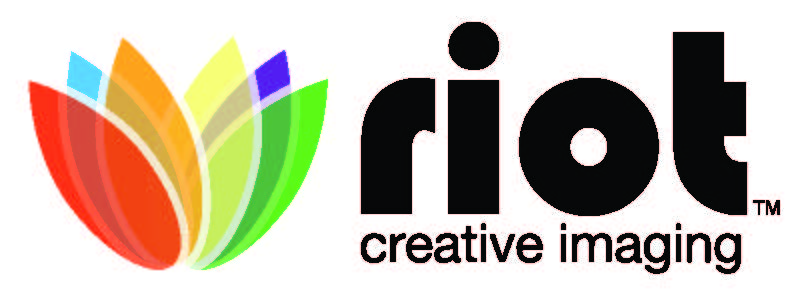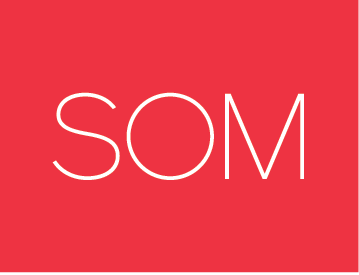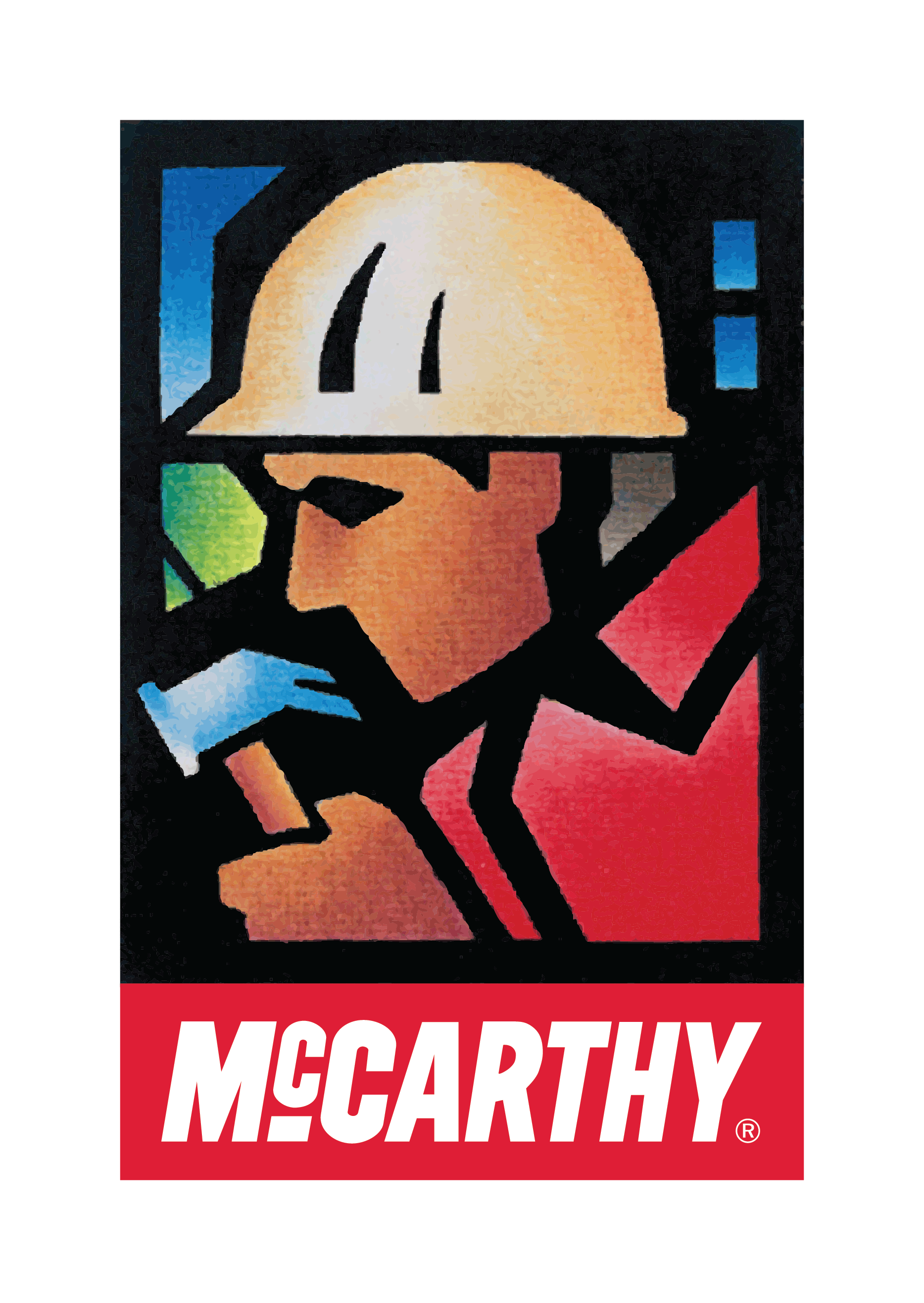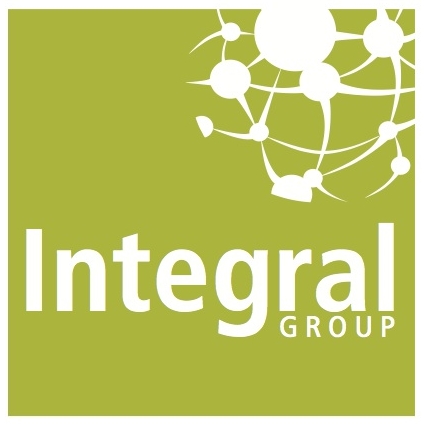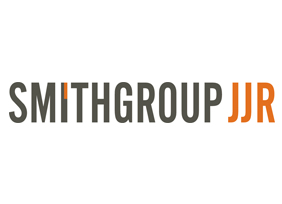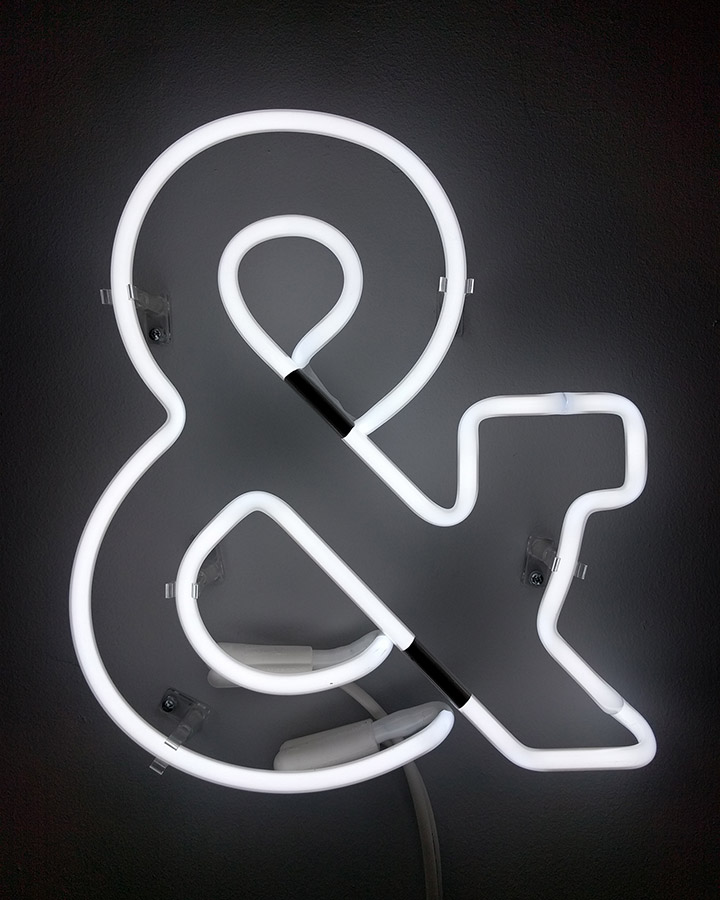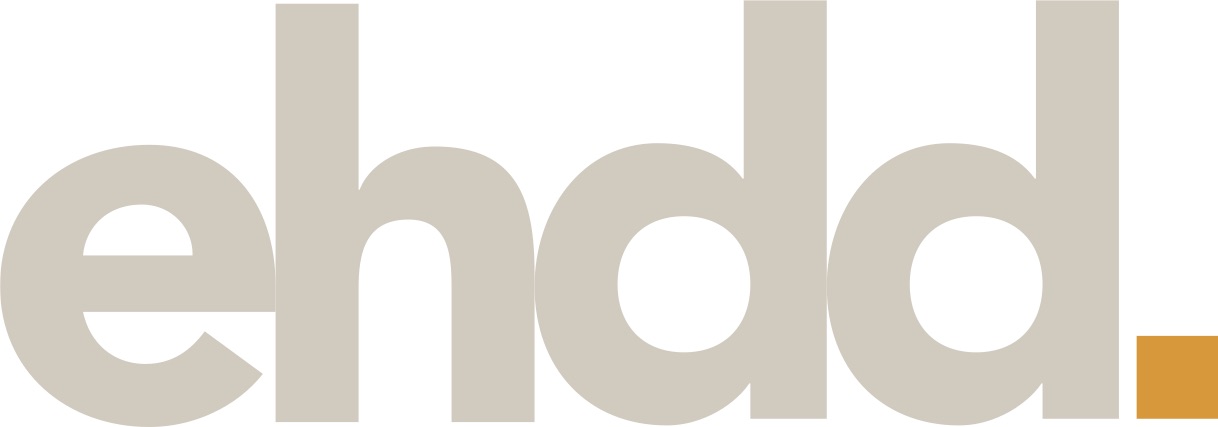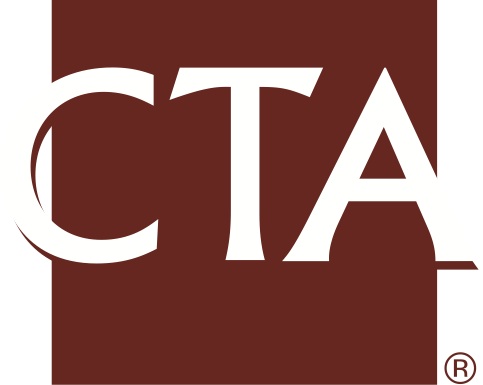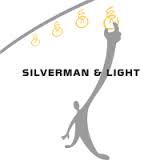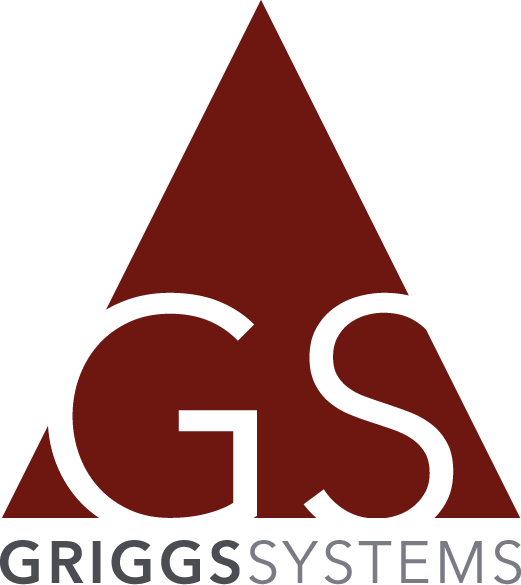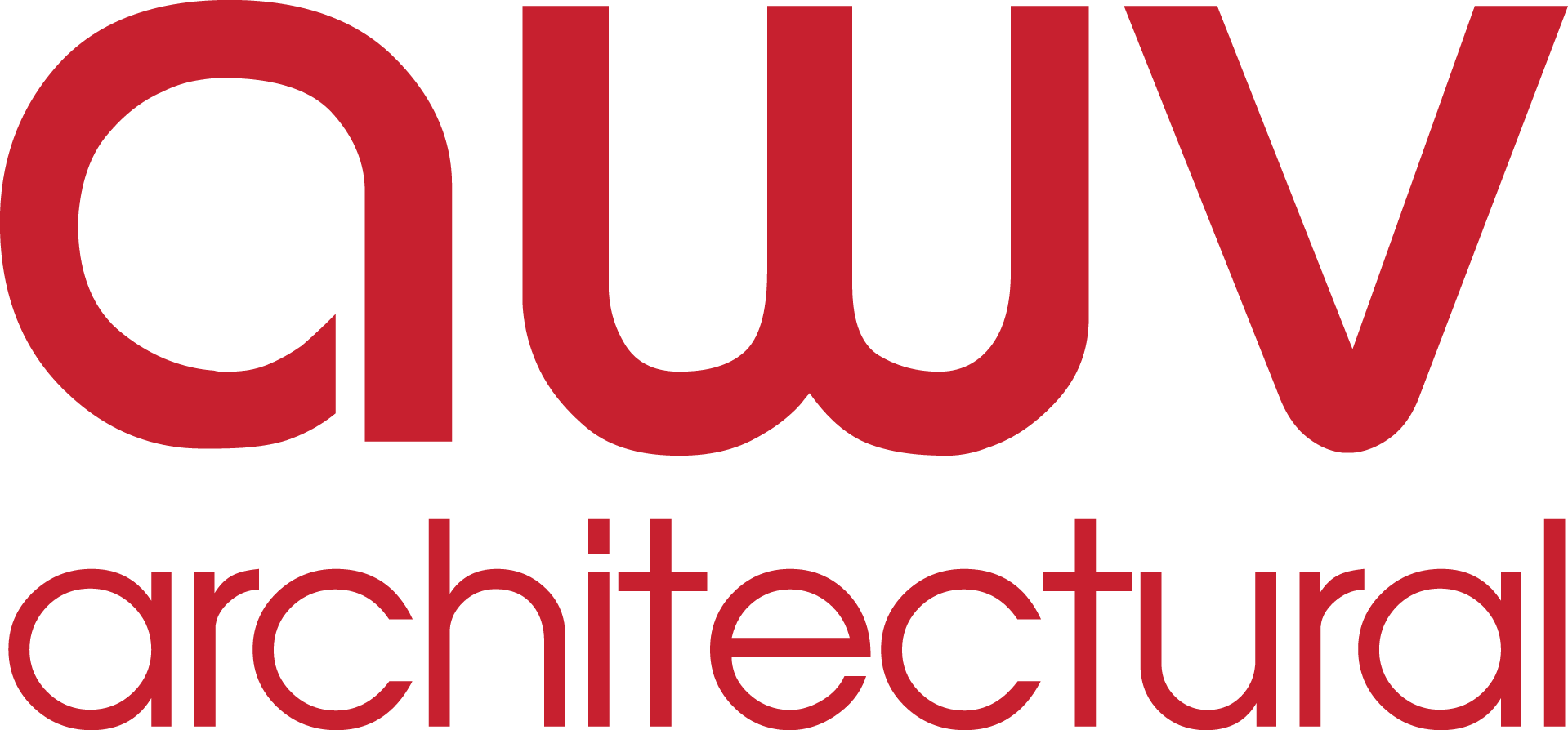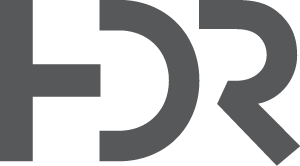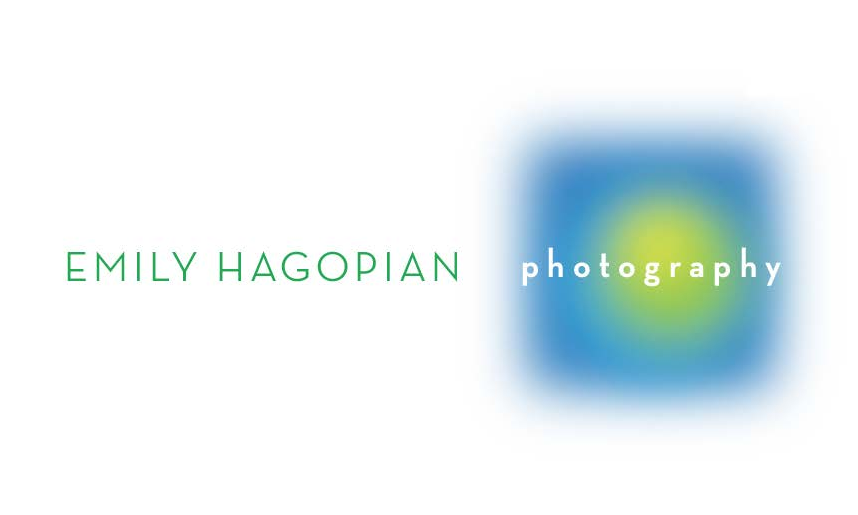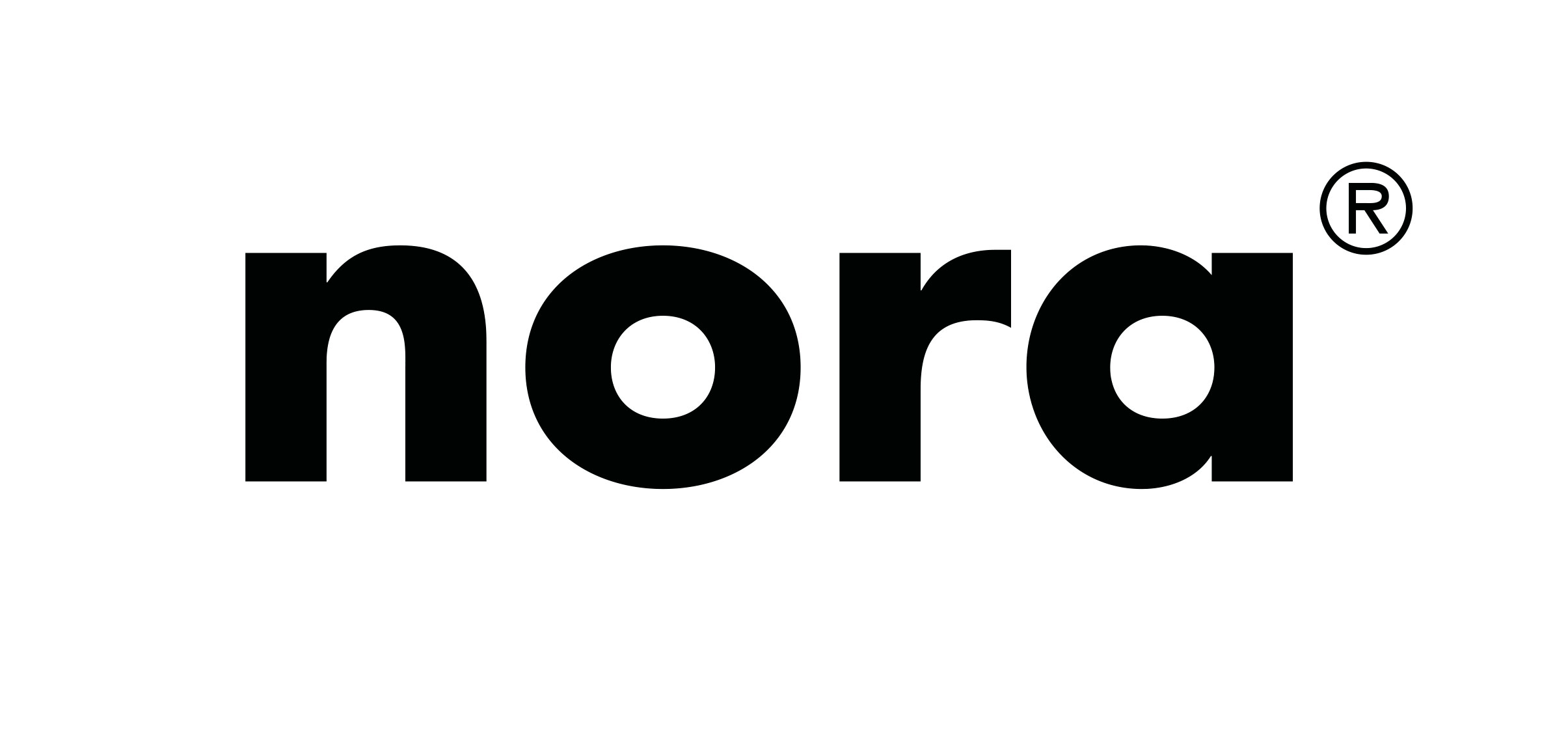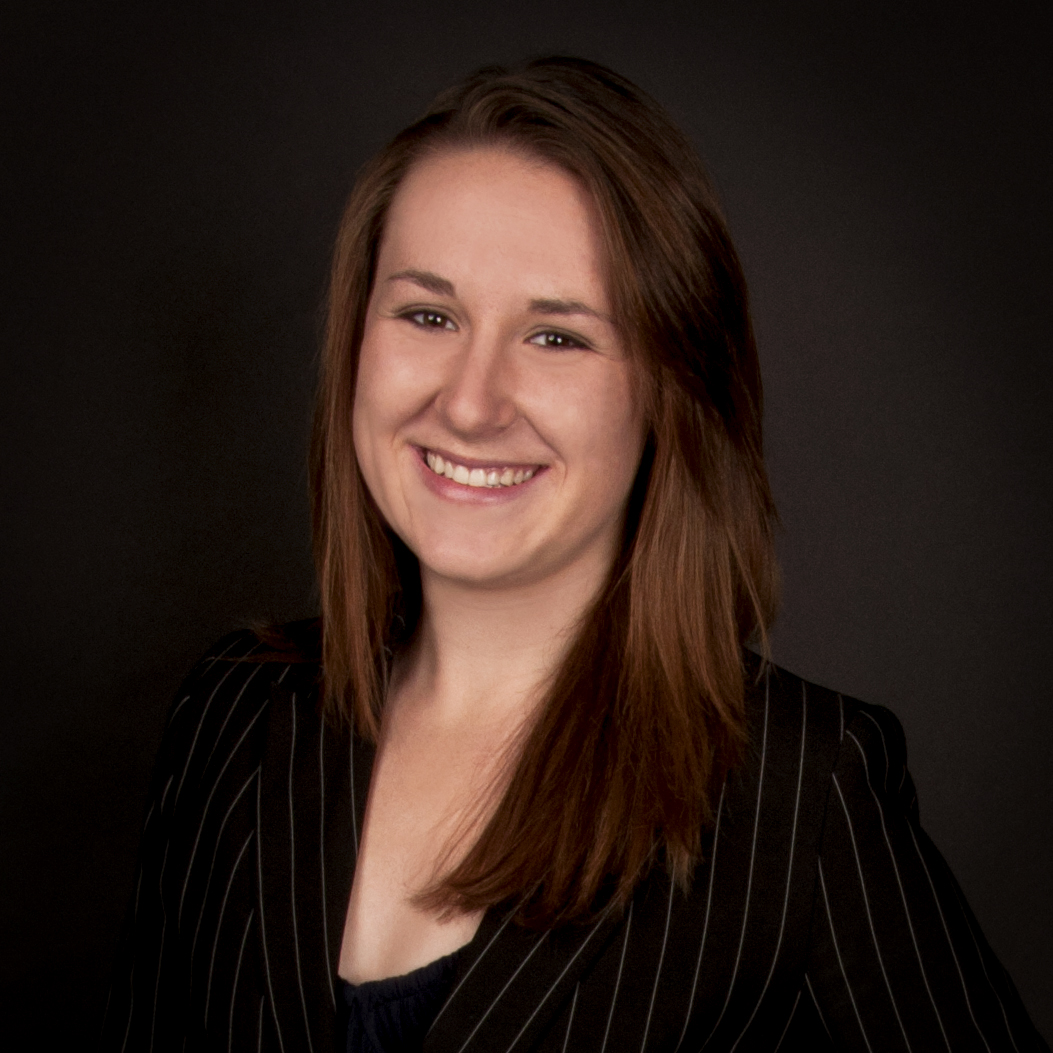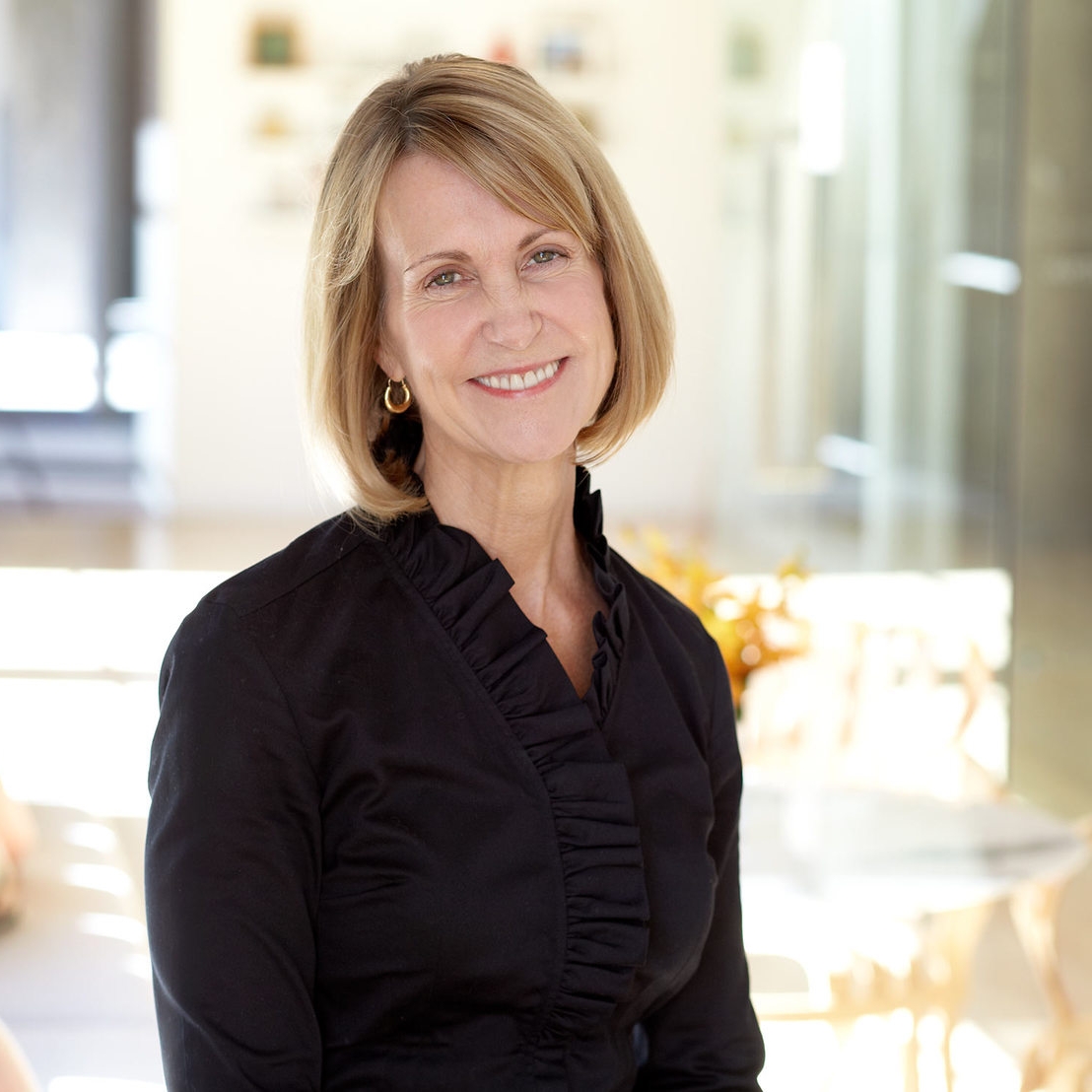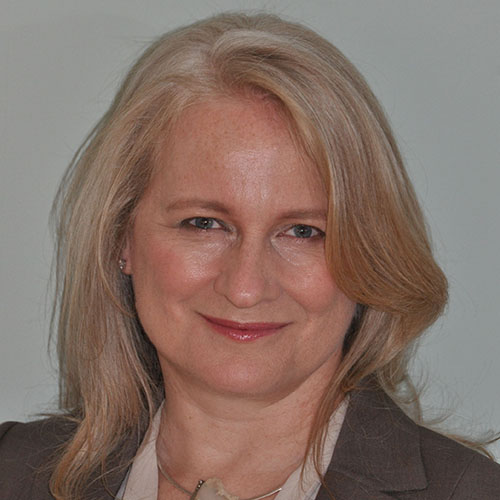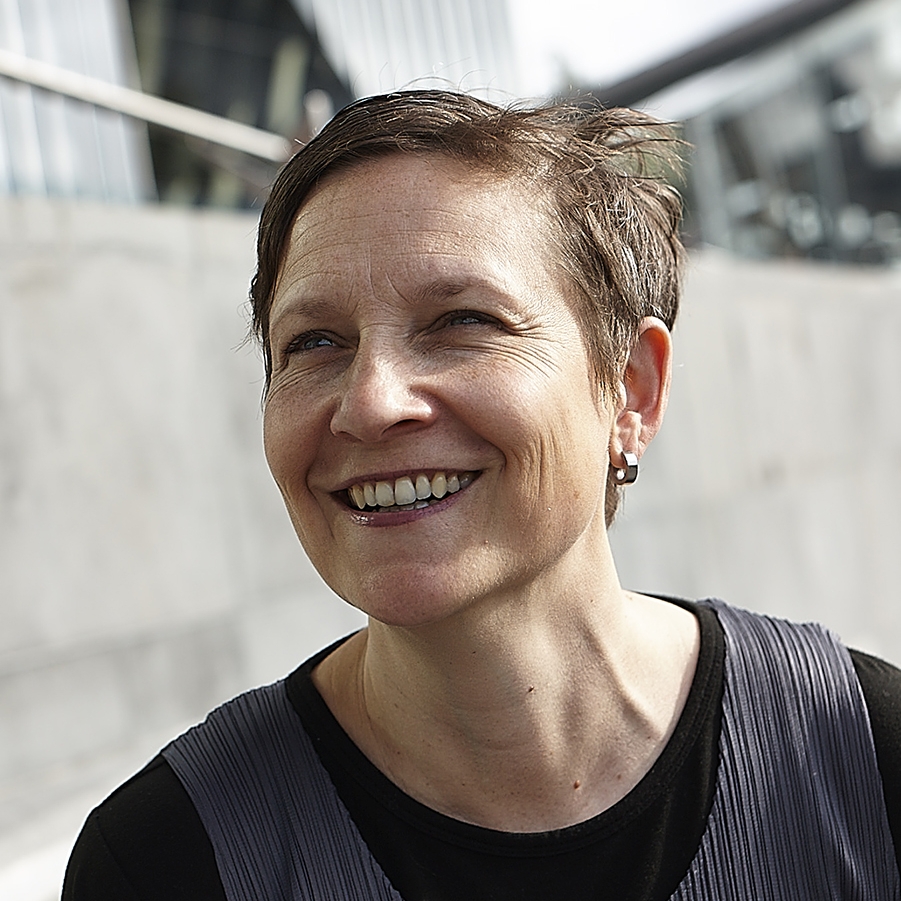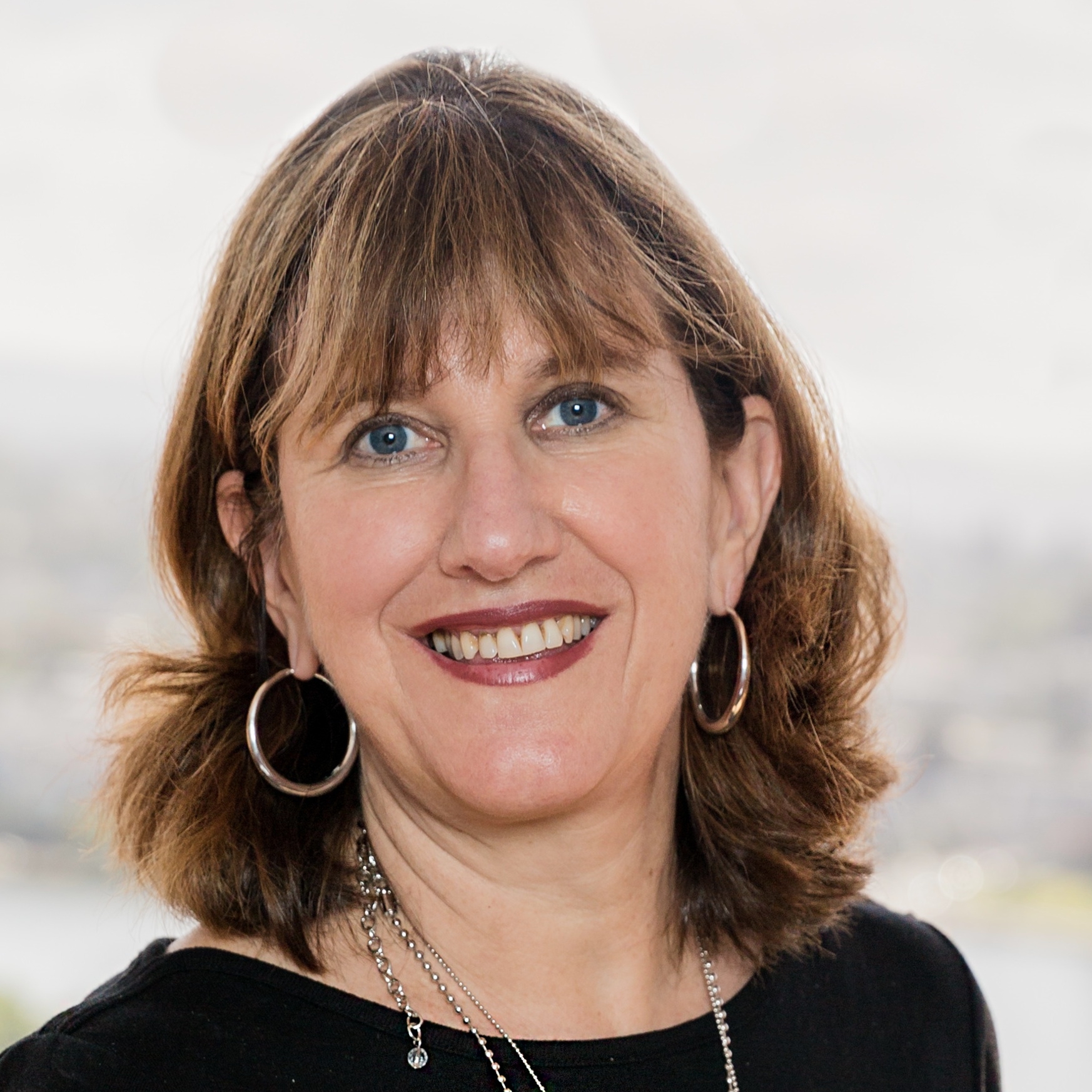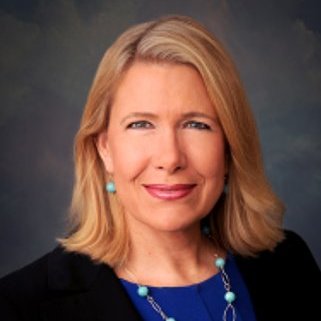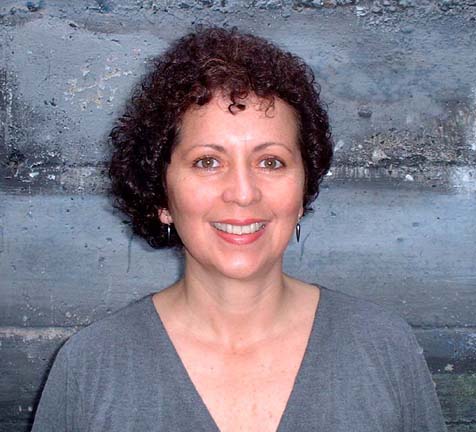With less than a week to AIASF's 4th Symposium — Equity by Design: Metrics, Meaning & Matrices, EQxD Blog will be featuring "behind the scenes" interviews with the facilitators of the Symposium Break Out Sessions for Career Dynamics and Pinch Points. Prairna Gupta-Garg, AIA shares her insights on working with the Thought Leaders to shape this Career Dynamics session.
Hackathon - Mentorship Re-designed
#EQxDMentorship
Mentoring is important for professional growth at any career stage, from learning the ropes to navigating choices later on. Unfortunately, mentorship can reinforce inequity as mentors and mentees are often drawn to people of similar ethnicity, race, and gender. Mentorship can also be too limited in scope, restricted to advice when the mentor can be most powerful as champion or sponsor, advocating for the mentee when promotion or hiring decisions are made. In this session we will ‘redesign mentorship’ through hands-on exercises and small group discussions. Together we will create a tool to provide effective professional development for everyone.
Prairna Gupta-Garg, AIA — Facilitator
Why were you interested in being a facilitator?
I am passionate about the mission of the organization and feel that many of us talk about the issues facing our professions but very few actually take the necessary action. Being an action-oriented person, I saw the role of the facilitator not only as a thought leader, but that of an action leader — transforming intangible thoughts to tangible action items that can be adopted by the community as a solution to the problem.
How have the Equity pinch points and/or dynamics informed your session?
Our group discussed the pinch point of ‘paying your dues’ and its relationship to a ‘re-designed mentorship’. How do you train people but also give them a realistic sense of where they are now (important to mentors), and where they are going (important to mentees) in developing a successful tool providing professional development for everyone irrespective of their gender, race and/or experience.
Are there any a-ha’s that emerged from the process of working with your team?
The biggest ‘a-ha’ that emerged from working with my team was the concept of ‘sponsorship’ i.e. having someone within your company who champions you and your growth when promotion decisions are being made; and how it is different than traditional mentorship.
Check out all the #EQxDM3 Break-Out Sessions Here
AIASF Equity by Design Symposium Sponsors
Special thanks to our amazing sponsors for their dedication and support. We look forward to seeing you there!









